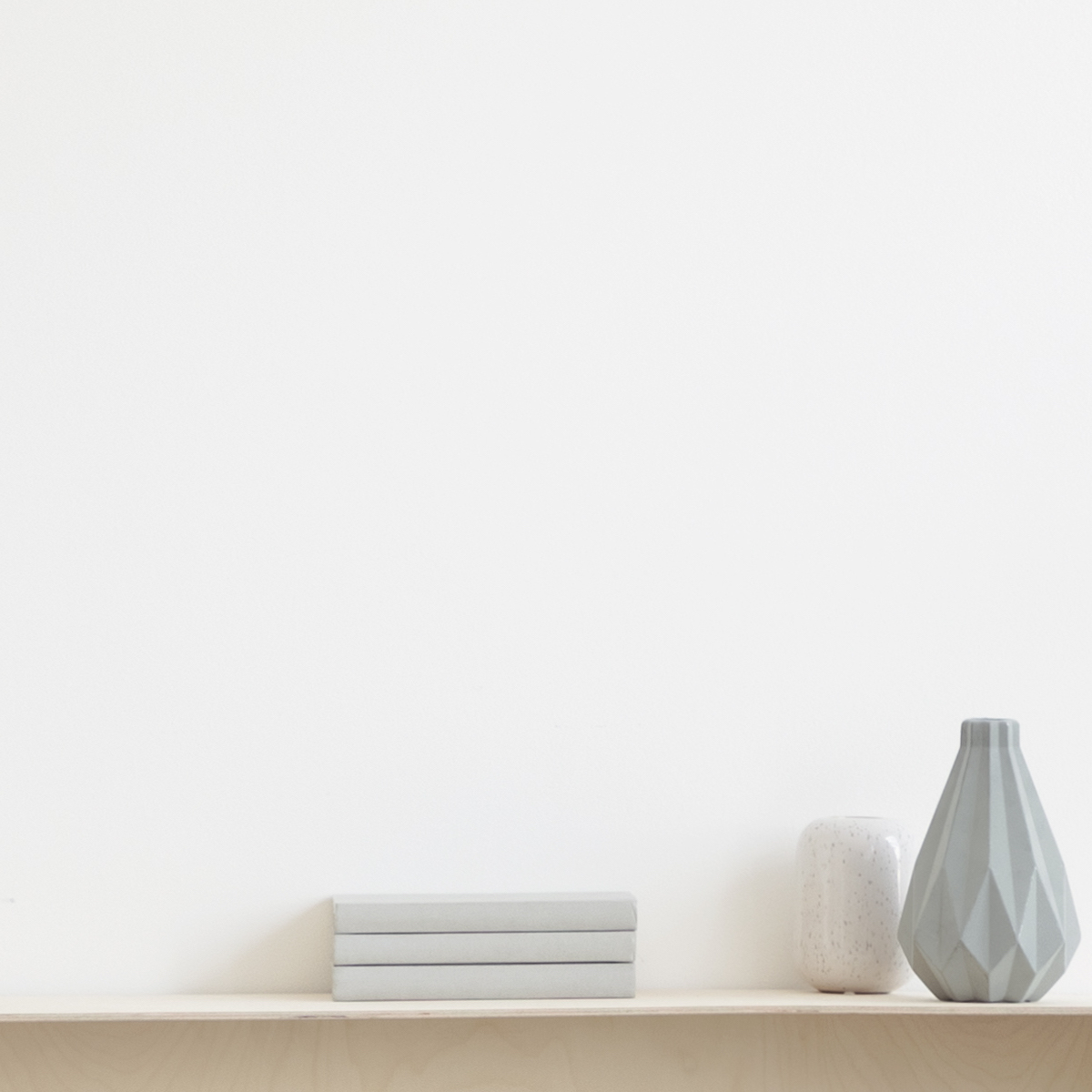


让我们知道您是否想看到这件艺术品的更多照片!
- 工作的背面 / 工作的一面
- 细节 / 签名 / 艺术品的表面或纹理
- 情境中的艺术品, 其他...
Famous woman jewish painting Israeli artist Mirit Ben-Nun (2017) 绘画 由 Mirit Ben-Nun
“艺术”在纸上打印
这是使用非常高质量的颜料墨水在美术纸上打印并以很高的清晰度打印的过程。它的保存水平非常出色(超过100年),其质量,深度和细微差别超过了在Argentic纸上的经典照片打印。

光面漆
纤维纸除了具有非凡的厚度外,还由不含酸的α-纤维素基底组成,并覆盖有硫酸钡和在印刷过程中具有微孔层吸收作用的颜料。这款纸色为纯白色,不泛黄,特别设计用于抵抗老化。它具有出色的分辨率,呈现深沉的色彩,因此已被世界各大博物馆所采用。
Art Print“美术”-在325 g纤维原纸上的光泽处理。

我们的高端印刷品和复制品
ArtMajeur仅使用从知名造纸商中精选的具有中性pH,耐性和高质量的天然纸!
无论是在色彩控制还是在图形链方面,我们的主打印机一直都在关注。我们对质量的高要求是ArtMajeur裱框艺术品的主要资产。
关于艺术家! 您可以帮助艺术家活出自己的生活。 每当您购买印刷品时,他们都会获得使用费。
关于我们的优良打印-
原创艺术品 (One Of A Kind)
绘画,
墨
在纸上
- 外形尺寸 高度 9.8in, 宽度 13.8in
- 是否含画框 此作品未装裱
- 分类 表现主义
The flute raises it's voice / what is it's story? / is it bad news or good ones or what? / It's about everything and all A poem by Nathan Alterman/ summer celebration
Mirit Ben-Nun’s paintings escape common description. An objective observation might describe it as contemporary art, though created by an upbeat young female artist, it is far from contemporary. This art possesses no “present day” defining elements. Mirit's paintings speak in a distant dialect seemingly of another era and location. By trying to pinpoint this time and place, we find ourselves wandering about without a solid grasping point. Her paintings are laced with a fire-like sensuality and striking colors. The naive and archetypal characteristics remind us of folk art. Reality is lost within the ‘erroneous’ size ratio of the numerous imagery, similarly to tribal and native art in Africa, Oceania and Australia. The surface is laboriously worked and replicated similarly to rug weaving techniques. Motifs of Western Pop can be found in many of the paintings. This combination of Primeval motifs and Western Modern Art creates cultural and historical tensions between here and there, then and now. Formatively speaking the paintings are schematically divided into colorful segments with no intermediate transitions. Strong and clear boundaries outline the different areas, each is populated with a happening, opposing or complementing the one next to it. In this fashion, for example, round shapes are confronted with geometric ones or human images with those of animals and plants. Often the paintings are outlined with a ‘frame' thereby uniting the parts and creating an enclosure, like a window within a window. As a result, unconventional compositions are created and shatter the conventional formula of the "Uniformity of subject, shape & color". The rule breaking strengthens the untamed quality of these ‘uncivilized’ paintings.
In the center of Ben-Nun's paintings stands the image of the woman and the relationship between the sexes. Women are displayed as curvaceous, seductive images often in dancing poses. The dance is used as a metaphor for courting and seduction; the thick red lips, at times heart- shaped, symbolize passion and love. When it seems that the implicit allure isn't sufficient, the female image is portrayed in a frontal wide stance, in a composition that reminds us of the letter W. But when the two images meet, the feminine and the masculine, the unification is complete; melding into each other, the images' side view completely overlaps. When in a seated position the whole shape converts into the letter M emphasizing the complimenting opposites. The protagonists - women and men - are accompanied by secondary characters; symbolic images of especially fish, hands (the Hamsa) and eyes. Those are prevalent in Middle East cultures and represent fertility, luck and protection from the evil eye. Their presence in the paintings, alongside the lovers, implies that the matter at hand is not barren erotica and carnal passion, but genuine love that yearns for a home, family and the raising of offsprings.
相关主题
She brought the acrylic into her world of lines and dots; she went back to painting women and masks that appeared in her childhood paintings and flooded them with lines and dots without separating body and background.
This is also the moment when Ben-Nun began to refer to herself as a painter.
and when art became the center of her life.
The intense colors in Ben-Nun's paintings sweep the viewer into a sensual experience. The viewer traces the surge of dots and lines formed in packed layers of paint. The movement leads to a kind of female-male hormonal dance within the human body and to a communion with an artistic experience of instinct, passion, conceiving and birth.
Contributing to this experience is the wealth of characteristics reminiscent of tribal art. Ben-Nun merges these with a humorous and kicking contemporary Western Pop art. In the language of unique art, Ben-Nun creates an unconventional conversation between past and present cultures.
It is evident that the paintings emerge from a regenerated need and desire, a force that erupts from her soul, a subconscious survival instinct to which she cannot or does not want to resist.
Ben-Nun places women at the center stage where they are her work focus. The paintings obsessively deal with the existential experience of being a woman in the world. A few of the women's paintings carry feminist slogans stressing the women's struggle in society, a critique for being held to perfection and being required to perform as a model of "beauty, purity and motherhood". Feminism pulsates in Ben-Nun's psyche, through her diverse female images and the play between beauty and unsightliness; Ben-Nun assimilates the consciousness of feminine possibility, of not being "perfect", of being powerful, influential, and outside social norms. This mandates a departure from acceptable limitations where Ben-Nun creates a new world of free spirit for women.
Mirit Ben-Nun is a mother of three and the grandmother of three grandchildren.
Mirela Tal







